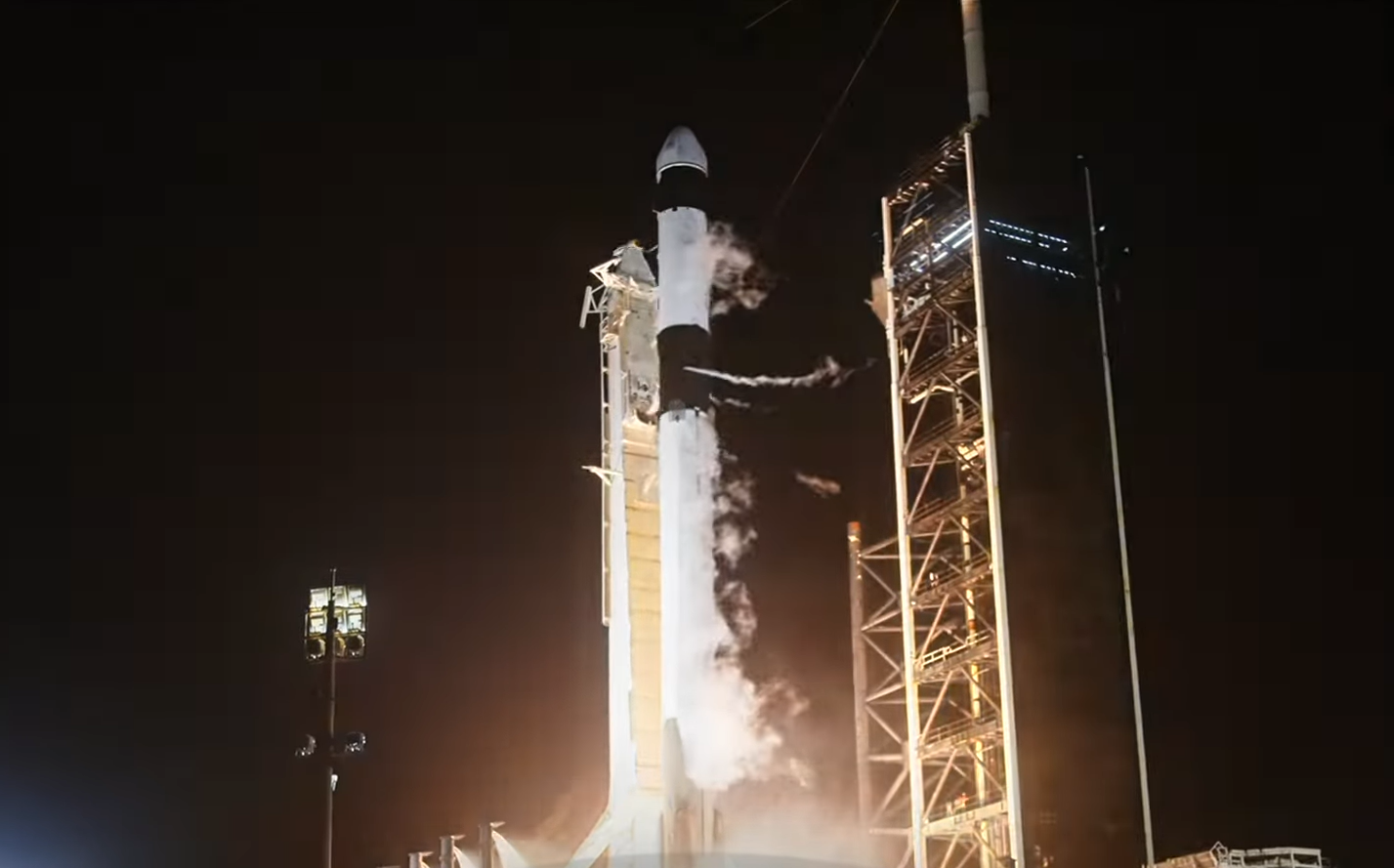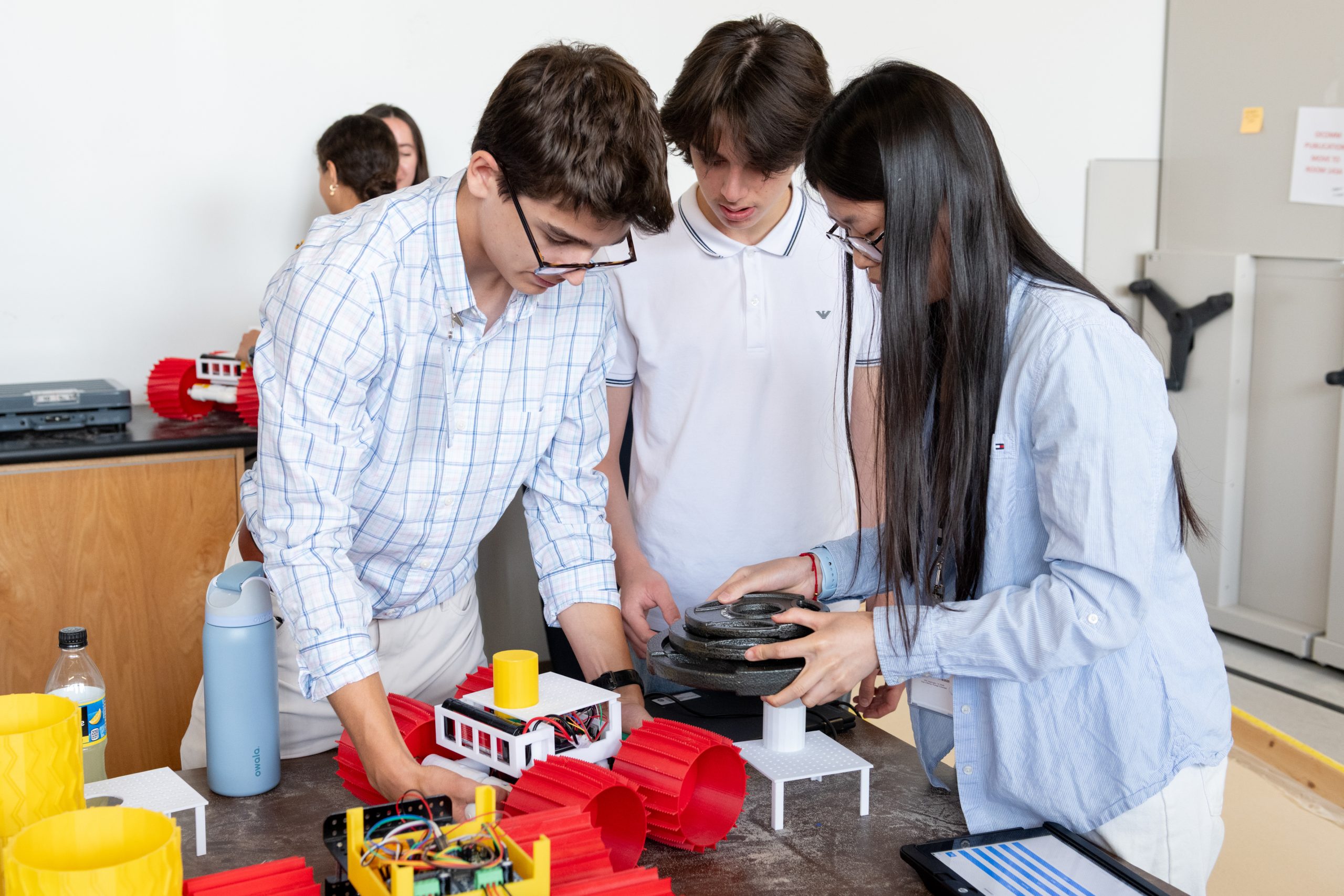Now Reading: NASA’s SpaceX-33 Mission Launches with Research Payload for ISS
-
01
NASA’s SpaceX-33 Mission Launches with Research Payload for ISS
NASA’s SpaceX-33 Mission Launches with Research Payload for ISS

Speedy Summary
- NASA’s SpaceX 33rd Cargo Resupply Mission to the International Space Station (ISS) is scheduled for late August.
- The mission includes research on:
– Bioprinting implantable nerve devices: Aimed at improving nerve regrowth after traumatic injuries. Up to 18 implants will be created in microgravity for preclinical studies by 2026/2027.- Liver tissue bioprinting: Focused on developing vascular networks, which could aid the creation of fully functional organs for transplantation on Earth.
– Bone-forming stem cells study: Investigates how microgravity affects bone loss and explores solutions using IL-6 protein signaling. Success could lead to treatments for osteoporosis and cancer-related bone loss.
– Metal printing in space: ESA’s Metal 3D Printer will optimize metal printing strategies and compare quality with ground-manufactured parts. It supports long-term space missions by enabling self-manufacturing of tools or components.
- These advancements tie into broader goals, including future deep-space exploration like Moon and Mars missions.
Indian Opinion Analysis
The SpaceX Dragon spacecraft is set to expand ISS’s legacy as a hub of scientific innovation, hosting pioneering research that supports both space exploration objectives and humanitarian applications back on Earth. Its contributions are vital not only to India but also globally,especially in fields like regenerative medicine and materials engineering-all areas where India has shown growing expertise.
For India, this underscores opportunities at the intersection of healthcare technology advancements (e.g., bioprinting) with its highly capable scientific community that already collaborates internationally on space projects through ISRO’s expanding role. As newer technologies like metal printing evolve toward practical use in space settings, it highlights potential pathways where Indian innovators can engage via partnerships or investment in similar capabilities-areas critical as India’s human spaceflight ambitions gain greater traction.
The mission’s focus further reinforces the ISS’s importance as an incubator platform benefiting global populations while advancing interplanetary goals-a field from which India stands poised to gain through strategic collaboration or shared insights gleaned from these sophisticated experiments.

























